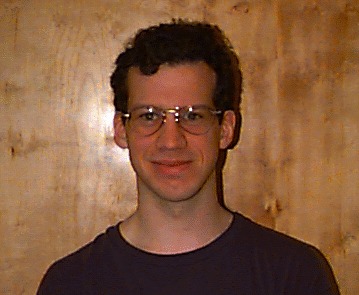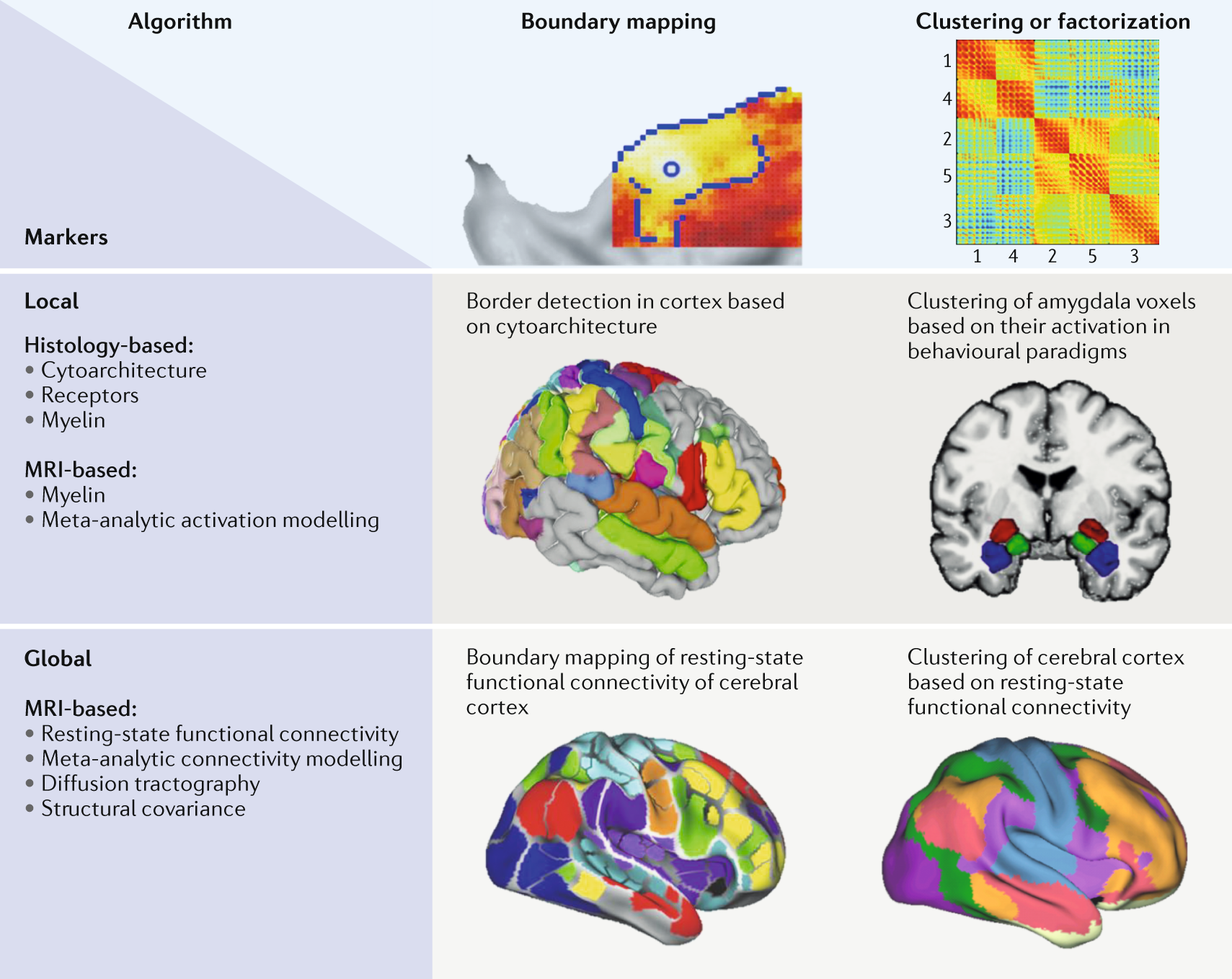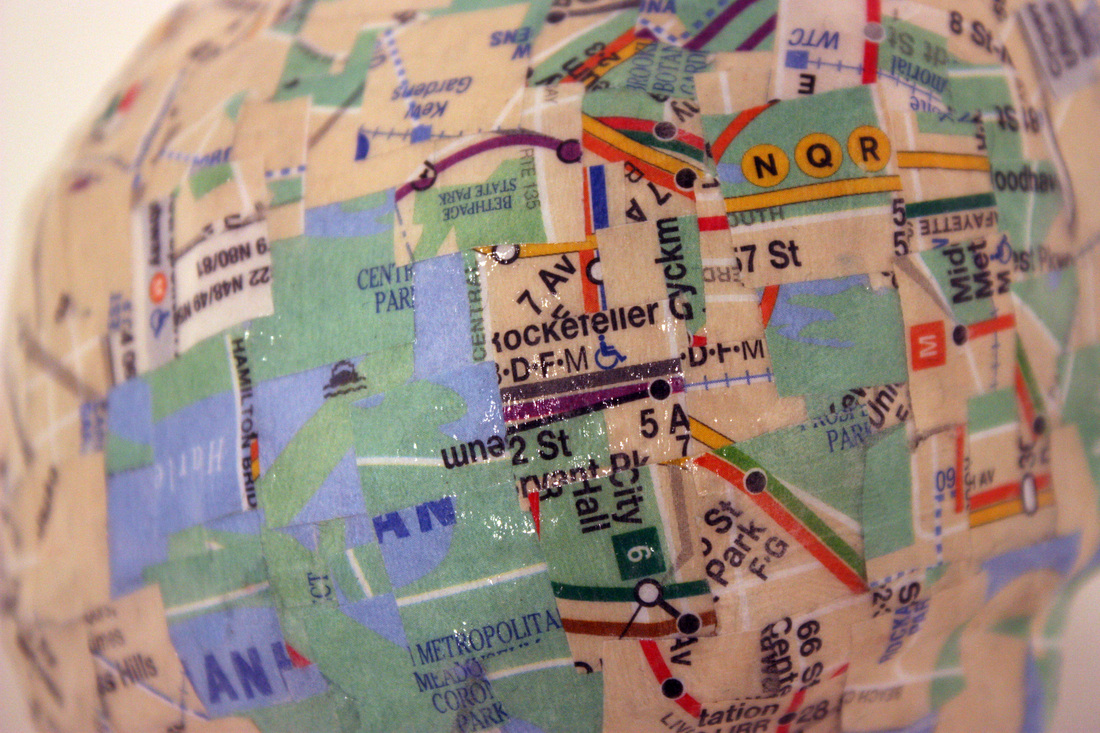


Our instrument, by fusing the two orthogonal views, enables an isotropic resolution of 1 µm along the three optical axes (x, y and z). Here, we present the volumetric imaging of sequentially stained human brain slices, labelled for NeuN and GAD67 and acquired using a custom dual-view inverted confocal light sheet fluorescence microscope (di2CLSFM). Indeed, the tissue characteristics and the impossibility to use genetically encoded fluorescent probes make the treatment of such samples extremely difficult and laborious. However, obtaining micrometrically resolved anatomical information over large portions of post-mortem human brain is still a challenge in biology. Today, by combining these two optical approaches, scientists are able to accelerate discoveries in life sciences and reconstruct the mammalian brain architecture. In addition, on the imaging side, Light Sheet Fluorescence Microscopy provides with high resolution the multiscale information required to investigate the characteristics of neuronal tissues.

Furthermore, new methods capable of embedding and expanding the sample in an acrylamide hydrogel allow enhancing the final optical resolution, at the cost of an increased sample size (4 – 20 times expansion).

These approaches use several chemicals capable of dissolving cellular membrane lipids to render the tissue completely transparent by homogenizing the refractive index. Recent advances in tissue clearing techniques have enabled to access the structure and function of large intact biological tissues. One of the most important challenges in today’s neuroscience is the volumetric mapping of the neuronal architecture in human brain samples.


 0 kommentar(er)
0 kommentar(er)
